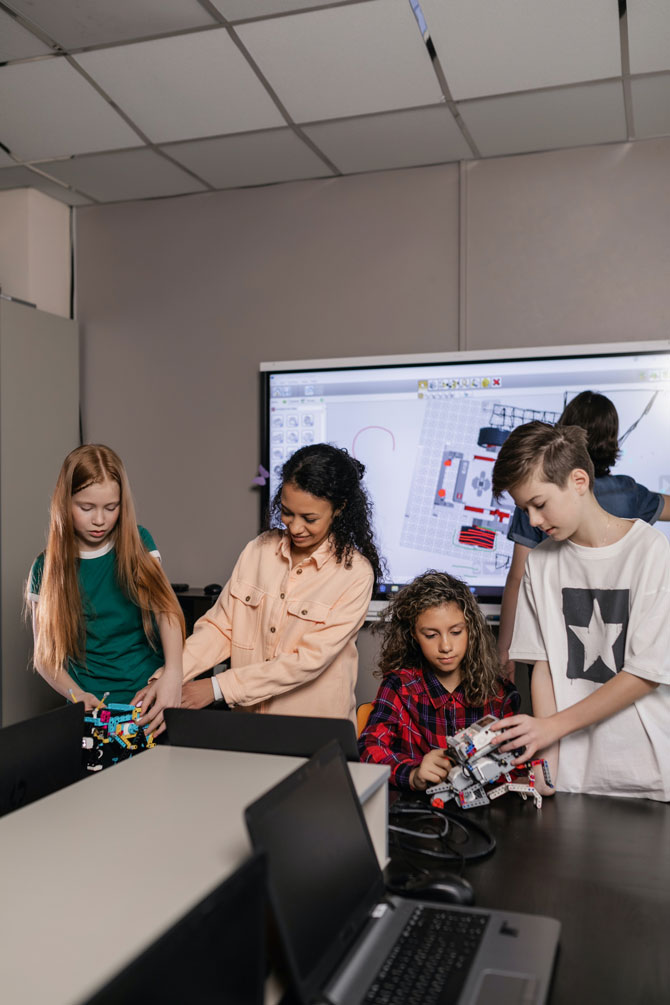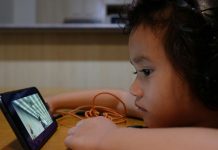
With Home-based Learning on the increase, children are spending much more time on devices be it for school, self-study or recreational time. Physicians have seen an increased number of cases of myopia, undoubtedly correlated with the amount of device usage and screentime.
A study has shown that nine in ten children under the age of two are allowed daily screentime without adult supervision. Is this a cause for concern? Most certainly! Excessive screentime can lead to health issues caused by a sedentary lifestyle as well as problems in executive functions.
Another survey showed that the average Singaporean child between 8 to 12 years of age spends an average of 35 hours on entertainment weekly! That is 5 hours in a single day!
How can we ensure healthy device usage in children?
There are five steps to take to ensure the Digital Natives spend a suitable amount of time on their devices.
MID AUTUMN FESTIVAL: Lanterns, Lights and Festive Fun
GIVEAWAY FOR ENEWSLETTER SUBSCRIBERS: LEGO DUPLO Deluxe Brick Box
1. Role-modelling
If we don’t want our children to be glued to our devices, parents and caregivers should model this too. These days, it is common to see members of the household glued to their own screens while partaking in a meal. Sadly, this doesn’t send the right message as communication is clearly lacking when one uses a device excessively.
Start by putting away all devices during mealtime. This also includes switching off the television and other forms of distractions. Focus on speaking to one another or sharing more about daily lives. Have a “digital detox” together and you might be surprised what comes out of it – mentally refreshed, more focused, and happier dispositions!
2. Learning about the Good and Bad of the Digital World

Teach your child about the digital world – both its good and bad.
Start with good and bad pictures or content. We had a recent experience when our curious son did a Google search and gif insertion. What seemed like an innocent search resulted in exposure to pornography. “Bad pictures” are a mere click away.
Teach your child the steps in responding when a sudden popup yields unsavoury content. Close it, walk away and tell an adult rather than yield to temptation, which could to an addiction.
On the other hand, technology can be used in positive ways. For instance, fund-raising is easy online and tools can also be used to hone creativity and assist with learning. Encourage your child to use tools that can help him/her and only allow the creation of social media accounts when they are of age.
3. Device Usage Agreement
Before handing the child a device, always put an agreement in place and put it up in a prominent place.
This can include agreed timings to use the device. The device should also be monitored by the parent, i.e. all conversations can be seen by parents. There should also be limits to data usage put in place, and even off-limits places for devices such as the bathroom and the bedroom.
4. Parent Monitoring Tools
There are also tools to help with monitoring and limiting of apps. Aside from blocking adult content, tools can be used to track usage, the content of apps, conversations and so on. Manage these cyber risks and keep communication channels open. Always ensure you know who your child is speaking to and these conversations are accessible.
Personally, I found Qustodio quite helpful. Parents can also check out internal parent controls available on both iOS and Android systems. However, do know that children can easily bypass such controls using VPNs or different devices. As such, it is important that your children are aware of hidden dangers on the web and show maturity before handing them a device.
5. Balancing screentime with outdoor time
Perhaps one of the best ways to get away from screens is to go outdoors!
Going outdoors does not mean planning an excursion to a faraway nature reserve, it can simply be a walk at a nearby park, scooting at the void deck or cycling at the Park Connector Network.
This can benefit eyesight and reduce the risk of myopia, it is also helpful for one’s mental health to be out and about. Exercising also triggers the release of endorphins resulting in a healthier mind and body.
Other Resources for Parents in Digital Literacy
Parents who wish to equip themselves in the area of digital literacy can head to these sites which have workshops, resources and tips for both parent and child.
Let’s raise digitally saavy, healthy and happy children together!




















